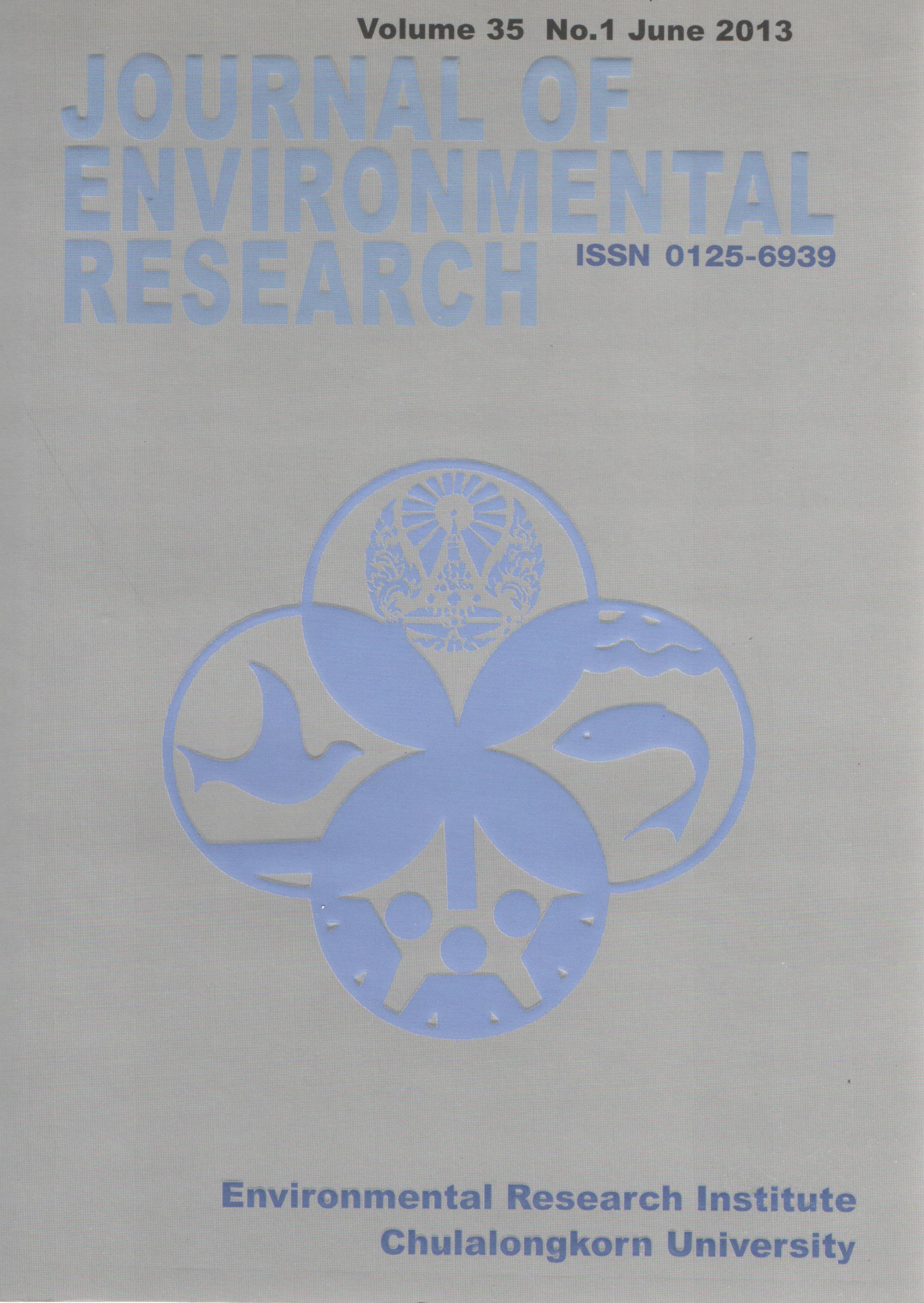Urban Heat Island Phenomenon in Relation to Land Use/Land Cover in Bangkok Metropolitan Administration Area
Main Article Content
Abstract
The urban heat island (UHI) phenomenon can be found in the megacities around the world where near-surface temperatures over the city core area were notably higher than those over the surrounding rural area. Intensity of the UHI phenomenon (T) was usually measured by the temperature differences between urban locations and some refereed rural sites. This situation was resulted mainly from the presence of dense builtup elements, e.g. commercial buildings or houses, as well as human activities that tended to release considerable heat into atmosphere. At present, the UHI monitoring can be done efficiently by using satellite-based thermal infrared (TIR) image. Main objective of this research was to examine UHI incidence in Bangkok Metropolitan Administration (BMA) area and its relationships with land use/land cover (LULC) characteristics based on image data taken by the Thematic Mapper (TM) sensor onboard Landsat-5 satellite in winter dates of 1992 and 2008. The LULC components were separated into 4 main groups; (1) urban-built-up, (2) vegetation, (3) bare land and (4) water body. The obtained results indicated that intensity of the phenomenon over BMA region had significantly increased during period of the study, especially over the central districts, but only at Tambon Bang Krajao that the UHI problem was found still not too severe. It was found that great rise in the UHI intensity was contributed mostly from the rapid urban/built-up growth in the area. However, green vegetation and vast water bodies were found to reduce severity of the phenomenon. In addition, relationships of the UHI intensity and LULC components can be expressed in form of the linear equation of satellite-based observed land surface temperature (LST) data and the LULC indices like normalized difference vegetation index (NDVI), normalized difference built-up index (NDBI), and normalized difference bareness index (NDBaI).
Article Details

This work is licensed under a Creative Commons Attribution-NonCommercial 4.0 International License.
Published articles are under the copyright of the Applied Environmental Research effective when the article is accepted for publication thus granting Applied Environmental Research all rights for the work so that both parties may be protected from the consequences of unauthorized use. Partially or totally publication of an article elsewhere is possible only after the consent from the editors.

